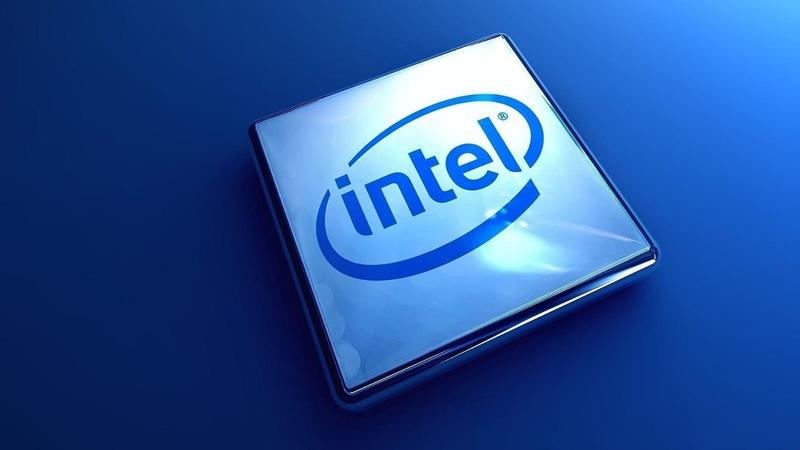- Advertisement -
Intel, a chipmaker, is aiming to establish a semiconductor manufacturing facility in India. The statement by the US-based chipset behemoth comes on the heels of a recent Union Cabinet decision on semiconductors, which will support research and innovation in the area as well as enhance production, bolstering the ‘Aatmanirbhar Bharat’ programme.
India welcomed Intel:
Ashwini Vaishnaw, India’s Minister of Information Technology and Electronics, tweeted to welcome Intel to the country. “Intel, welcome to India,” he wrote.
In order to position India as a worldwide hub for hi-tech production, the Union Cabinet authorised a $76,000-crore policy boost for the country’s semiconductor and display manufacturing ecosystem.
Ashwini Vaishnaw, who announced the Cabinet’s decision, noted that electronics play an essential role in everyday life, and semiconductor chips are a critical component of electronics.
By providing a globally competitive incentive package to enterprises in semiconductors and display manufacturing, as well as design, the programme is projected to usher in a new era in electronics manufacturing. It will boost India’s scientific capacity and economic self-sufficiency in these vital areas.
By facilitating finance support and technological cooperation, the programme will help to boost semiconductor and display manufacturing.
- Advertisement -
Companies that work in silicon semiconductor fabs, display fabs, compound semiconductors, silicon photonics, sensors fabs, semiconductor packaging, and semiconductor design can benefit from the government’s substantial incentive support.
Eligible applicants will receive financial assistance of up to 50% of the project cost under the scheme for establishing semiconductor and display fabs in India.
To approve applications for at least two greenfield semiconductor fabs and two display fabs in the country, the Centre will work closely with state governments on high-tech clusters with the necessary infrastructure in terms of land, semiconductor grade water, power, logistics, and research ecosystem.
The Ministry of Electronics and Information Technology will take the necessary efforts to modernise and commercialise the semi-conductor laboratory (SCL). The IT Ministry will look at the potential of a SCL-commercial fab partner forming a joint venture to modernise the brownfield fab plant.
According to an official statement, “The Scheme for setting of compound semiconductors / silicon photonics / sensors fabs and Semiconductor ATMP / OSAT facilities in India shall extend fiscal support of 30% of capital expenditure to approved units.”
Under this strategy, the government expects to assist the establishment of at least 15 such compound semiconductor and semiconductor packaging units.
For five years, a Design Linked Incentive (DLI) programme will provide a reward of up to 50% of eligible spending and a product deployment-linked incentive of 6% of net sales.
“Support will be provided to 100 domestic semiconductor design companies for Integrated Circuits (ICs), Chipsets, System on Chips (SoCs),… and semiconductor linked design, with the goal of facilitating the growth of at least 20 such companies with a turnover of more than Rs 1,500 crore in the next five years,” according to the statement.
A specialised and independent ‘India Semiconductor Mission (ISM)’ would be developed with the goal of pushing long-term strategies for the development of a sustainable semiconductors and display ecosystem.
The massive delivery comes amid a worldwide shortage of semiconductors, which are used in everything from autos to consumer electronics.
“In addition, an imbalance in the global supply chain was discovered. It is now becoming the norm. The chip scarcity issue is expected to normalise in 6 to 8 months, according to the industry “According to the Minister.
Also Read:




